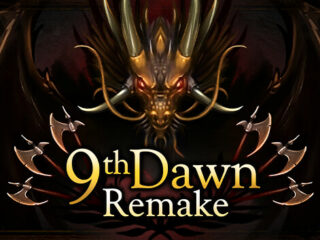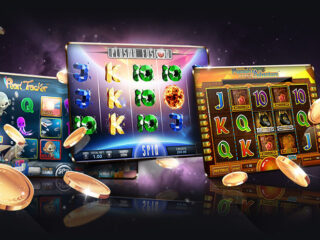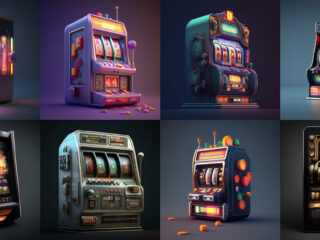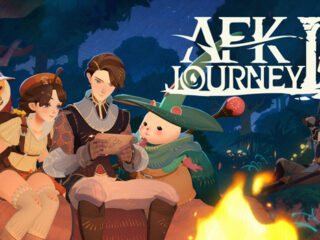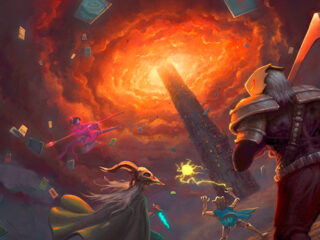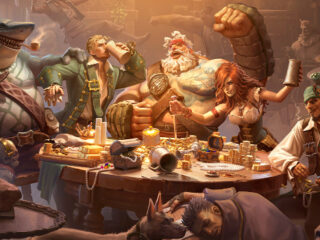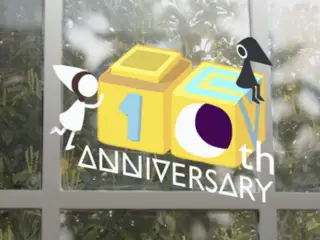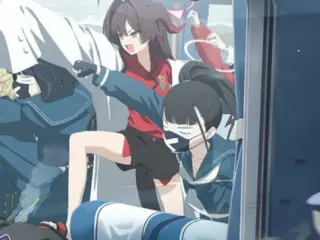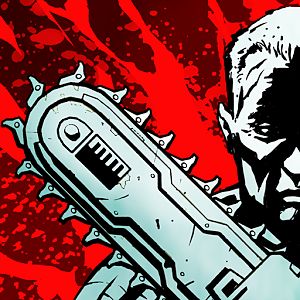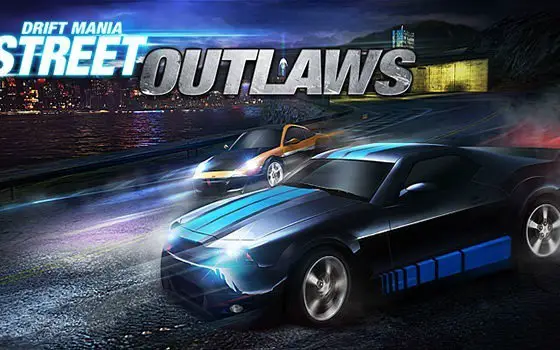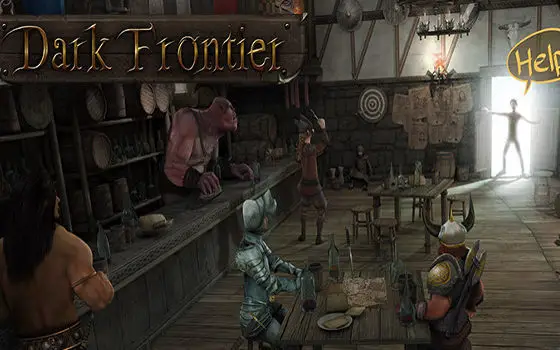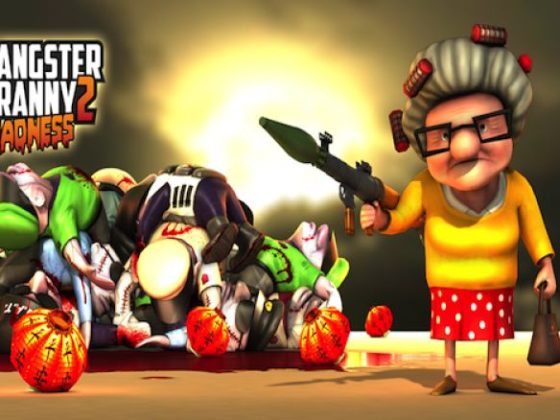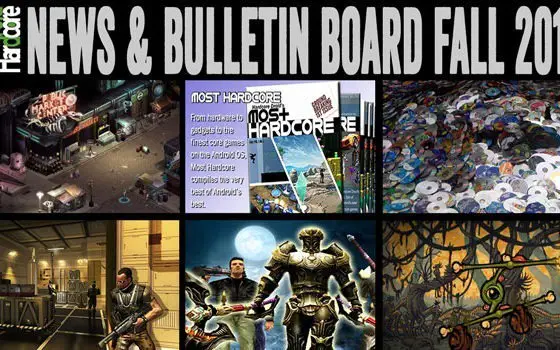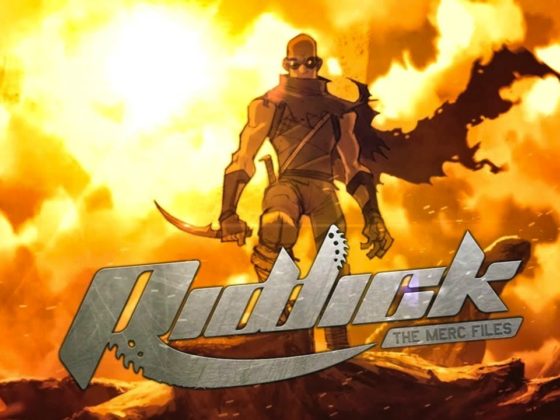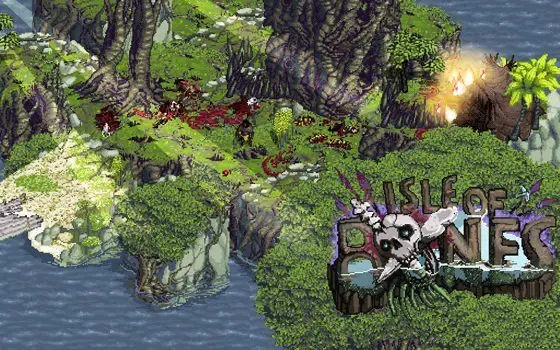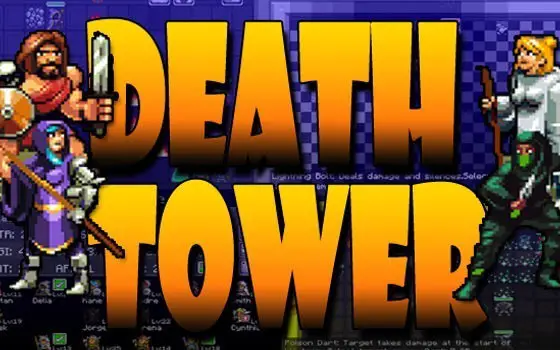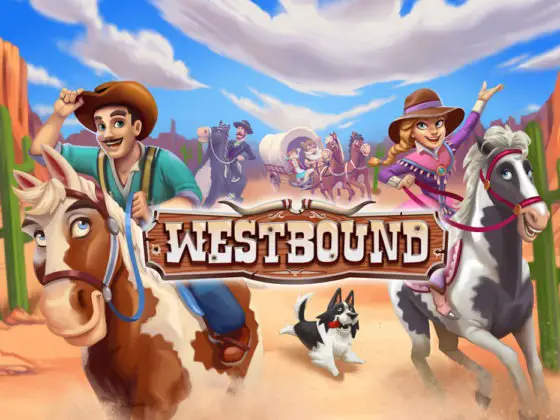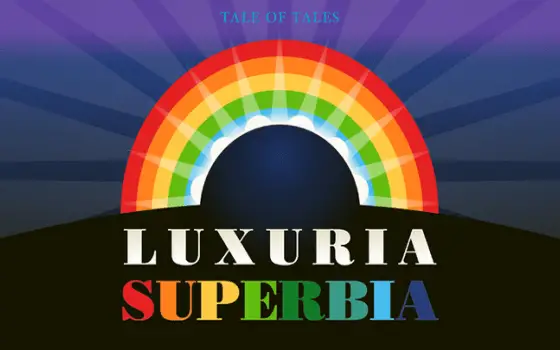There is something fundamentally odd about Auroch Digital’s decision to bring the 1987 Games Workshop tabletop game Chainsaw Warrior to Android. As we all know, a board game has to use simple cues to create a vivid adventure: basic math problems combined with card illustrations of a few enemies and obstacles can suggest grandiose military campaigns, supernatural disasters and gory combat scenes. In 1987, a deck of cards was almost the outer limit of portable gaming technology. Today, however, one can play longform RPGs with complex plots and HD graphics on any mobile device. With so many electronic improvements available, why would anyone transfer the exact appearance and mechanics of a tabletop card game to a digital platform?
Auroch Digital has done precisely that – even if ignoring the advantages of a virtual game system is bound to cause problems. Nostalgia runs rampant from the outset of the mobile Chainsaw Warrior, as its introductory scene uses another paper-based medium, the comic strip. According to this motion comic sequence, the year 2032 brings a “spatial rift” to bear on New York, flooding Manhattan with zombies, mutants, “meat machines” and other monsters. The military chooses the eponymous hero, a happily retired US Army cyborg, to fight through the pre-apocalyptic hellscape of Manhattan and defeat the all-powerful entity known only as Darkness. The Chainsaw Warrior has one hour (that is, 120 turns, each of which eats up 30 seconds of game time) to hunt down the Darkness and destroy it, or face instant death.
The six-sided die is king even in Chainsaw Warrior’s digital life. At the start of each game, you must build a new character by rolling for physical attributes, special skills, and points to spend on equipment. You can make up for unfortunate rolls with smart gear choices like body armor or a helmet to augment your endurance, a submachine gun or (of course) a chainsaw to supplement your combat capacity — and these only represent a small selection of the game’s catalogue of weapons and devices. Of course, if you get short shrifted when rolling for equipment points, you’re totally out of luck.
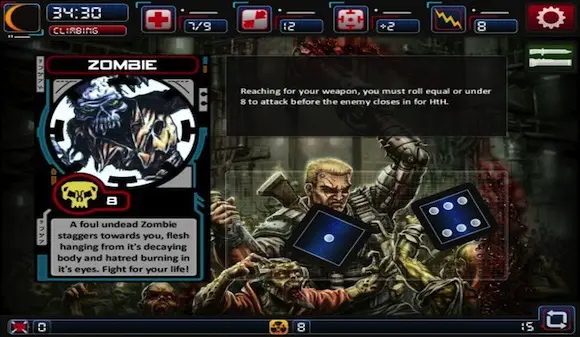
Luck is in even shorter supply if you choose any mode other than Easy. One of this port’s few differences from its analog ancestor is the inclusion of tiered difficulty levels. Only in Easy can you choose specific items as described above, adding a welcome element of strategy to this chance-driven game. In Medium you must blind-select items from different categories, and in Hard, equipment is drawn for you at random. These limitations are furthered by slimmer odds that you’ll roll high during character creation.
The element of chance that dominates the Medium and Hard gear selections influences the entire game. The user flips through two 54-card decks with enemies, traps, and bonus equipment scattered randomly throughout. There are two critical differences between the first and second halves of the game: firstly, when 30 minutes of game time have elapsed, the sun goes down and so do your combat stats unless you have a device that lights up the dark. Secondly and more importantly, the Darkness card is always somewhere in the second deck. Even if well into the second deck you have not lost your life or your laser lance (the only weapon capable of killing the Darkness other than a suicide attack), you can still to run out of game time before you turnover the big bad’s card; if you have to shoot down a locked door, each time you roll the die to see if you are successful eats up 30 seconds of game time, and rolling to beat a strong opponent can take whole minutes off your clock if you are especially unlucky.
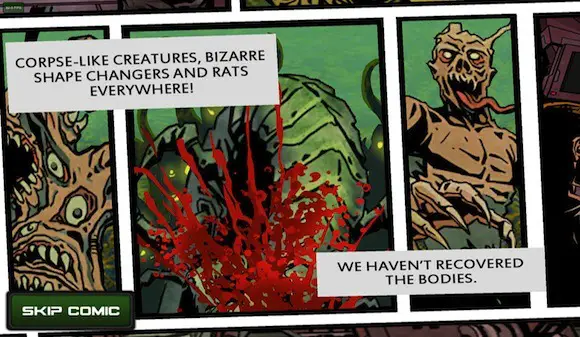
Some users will find the importance of luck over aptitude irritating, but even a board game veteran accustomed to total dice-dependency could be frustrated by Chainsaw Warrior’s restrictive and sometimes redundant procedures. For instance, if you opt for hand-to-hand combat and you only have one hand-to-hand weapon, you still have to go to the weapon selection screen and select your single weapon before returning to the card screen and rolling to attack.
This clutter of micro-procedures and details can make you wish you had a guidebook, but the board game’s instruction manual is missing from the digital version. This means that all auxiliary information about attributes, actions and enemies is crowded around the cards and controls, congesting the average mobile screen with tiny lines of text. Mobile games are not traditionally a long attention span proposition, and players looking forward to a fast-paced gore fest will be disappointed by the frequent need to stop, squint and digest data during what is meant to be a nail-biting game where time is of the essence.
This problem is somewhat off-set by one significant improvement that justifies the upgrade to digital: it does all of the math for you as you roll to attack different enemies and your vital stats change. This computer age advantage lets you blow through cards quickly in your race to find the Darkness card and save the city, if you’d rather not linger on all the explanations along the way.
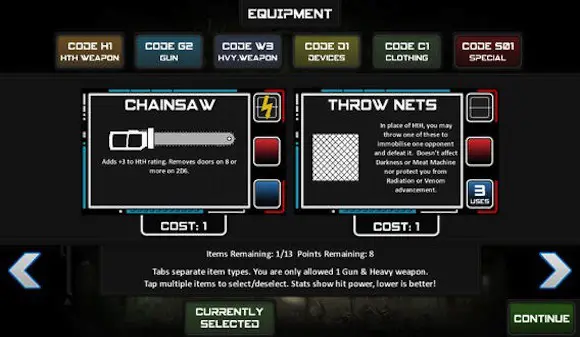
Improvements like this are few and far between, however. Just as Auroch Digital has done their best to offer Chainsaw Warrior’s original mode of gameplay with obsessive fidelity, they also did not see fit to doll it up with much in the way of audio-visual effects. All the action is represented only by rolls of virtual six-sided die, and garnished with repetitive blood spatters, bullet holes, and bolts of electricity. The sound effects are limited to a few unremarkable battle noises along with some shrill beeps and blips that make your modern device sound like an ailing Tandy.
Overall, despite the lack of animation or updated graphics, the game’s outmoded aesthetics are among its virtues. The creature portraits imported from the Game Workshop cards, featuring a variety of moldering zombies, grisly mutants, and gruesome man/machine hybrids, retain a lot of dated charm. The ‘80s vibe is sweetly matched with an Escape From New York-style soundtrack and a grimy neon-accented background illustration of our hero sawing his way through the zombie horde. The result is an atmosphere that keeps the player engaged even when the rolling gets tough.
For old school board game enthusiasts, Chainsaw Warrior is an entertaining blast from the past whose resemblance to gory sci-fi cinema and Iron Maiden album covers complements its vintage gaming style. For the uninitiated digital gamer, it can seem like a discouragingly random experience in which neither skill nor smarts can trump chance. To be fair, that fight against futility is an essential part of the apocalyptic experience. It is not, however, for every player.
!
